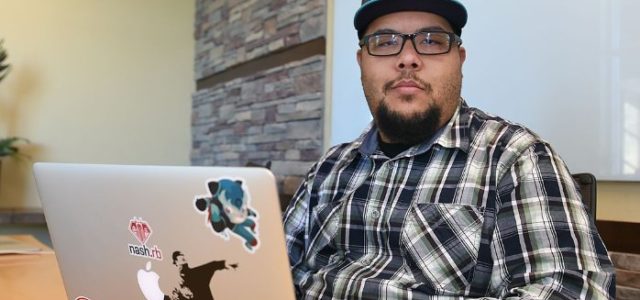I don’t want to live in a Ready Player One world. I’m working with a startup, focused on the future of nutrition. This is not my first startup, or as we used to say in Texas, my first rodeo, and I doubt it will be my last. I’ve had the good fortune to work in several startups that had different trajectories.
One, a consulting firm, grew rapidly but never went public. Another software firm I worked with got just big enough to get acquired by a larger company, and yet another software company received funding from Softbank but failed to get another round just after 9/11.
I have a small book about these experiences that one day I’ll get organized and published. But what was relatively common about these experiences is that the ideas were relatively scalable. The software ideas are of course almost infinitely scalable, while consulting is somewhat scalable. In the past, when selling time by the hour was popular, consulting firms could not get enough people to join.
Now, of course, consulting is shifting its business model, looking for revenue streams outside of the billable hour because the model is no longer deemed scalable. But all of these ideas seem scalable when you consider what it takes to scale a physical idea.
Tangible versus intangible assets
Software is scalable because I can license it or provide it as a service to as many people as I can find that need it. With new cloud services, I’m no longer constrained by IT or to some degree even by human assets.
Eventually, software will provision itself, and even sell itself, so two of the biggest issues for scalability will be reduced. With AI, it’s possible that even much of the support necessary for software will be conducted by machines rather than people. Think the person on the other end of your chat sequence is friendly? Dollars to doughnuts it’s a chatbot.
Intangible assets and ideas are scalable because they don’t require a lot of work to sell, to provision, to implement or to support. A fully automated, self-provisioning and self-service software application hosted on servers in the cloud is perhaps the best example, but there are more.
Tangible assets and ideas, on the other hand, can lack scalability, and increasingly I think big, physical ideas will become increasingly more difficult to imagine, fund or implement.
Impact on innovation
This idea of the significant difference between tangible and intangible ideas and the challenge of innovation is deeply concerning. What it means – and what we are seeing – is an increasing focus on innovation in intangible ideas, and less and less innovation intangible ideas, assets and products.
While this is great for industries like gaming, financial services and software, it becomes a big issue when people need tangible products and services. As companies look for a quick way to gain new inexpensive revenue, innovating around intangible products and services promises less investment and faster returns than innovation around physical products.
So, what we are increasingly left with is better and better intangible offerings and less choice and less value in the physical products we acquire. Have you noticed how poorly designed and manufactured many products are? Why invest in engineering, design, manufacturing and quality parts when the products are break-even at best? IBM didn’t decide to split into two businesses for any other reason than the hardware side is rapidly becoming a commodity, but the software and cloud side of the business (intangibles) could have a bright future.
Tangible innovation is difficult
It’s not just that intangible innovation is easier to do, it is also easier to realize. Intangible ideas are usually software-based, and while good developers are at a premium, software is still relatively easy to build. Contrast that with the challenges of building say, a new car or a new medical device, where safety concerns, manufacturing, engineering and many other constraints and requirements come into play.
Plus, if the tangible products must fit within an existing infrastructure and work within accepted norms then the range and scope of innovation is narrowed and innovation becomes even more difficult to do well, and is easily copied.
And, even after you have a tangible idea, the ideas have to work their way into product development streams where they face competition from limited resources and other existing products. It’s often easier to re-use existing systems or components and sacrifice some of the differentiation for lower costs and speed to market.
And, once in the market, you still have to sell these products to consumers in a more traditional sales cycle. There aren’t too many tangible products that are available for free when you watch the advertising.
But not everything can be software
In the end, though, some level and amount of tangible innovation is required. We can’t (at least not yet) wear or eat software. We can’t transport ourselves using bits and bytes. No matter how good Microsoft and Amazon are at cloud services, we can’t all live in data houses.
This means that we innovators need to start creating programs and pathways that make tangible innovation easier, more practical and more affordable. There are plenty of innovation opportunities in the tangible world, and none of us wants to spend the rest of our lives cutting the costs of existing tangible products (and getting less and less value from them) while optimizing and innovating the online experience alone.
If we keep going at the pace we are moving, we’ll end up a little like the people in Ready Player One, who live in hovels but spend all their time jacked into video games.
Article by channel:
Everything you need to know about Digital Transformation
The best articles, news and events direct to your inbox
Read more articles tagged: Business Model, Featured, Innovation









